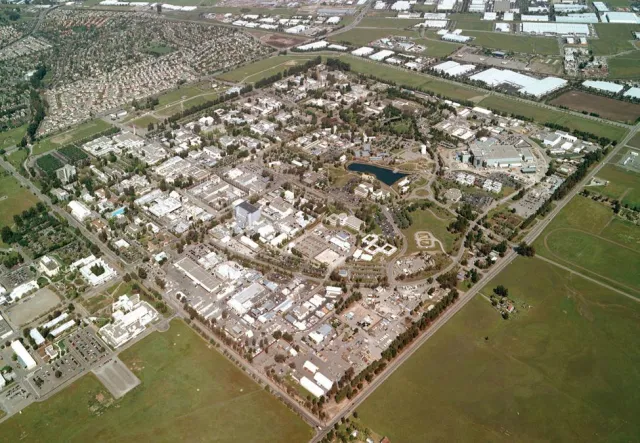Nanowire mesh offers better cell performance and lower costs
Aug 16, 2019 09:24 PM ET
- A new method of creating an ordered mesh of nanowires, developed by scientists at the Lawrence Livermore National Laboratory in the United States, could lead to the creation of more efficient transparent electrode layers in solar cells – and the elimination of a rare material from the manufacturing process.

Scientists at the Lawrence Livermore National Laboratory (LLNL) in California have discovered a a way to create a nanowire mesh structure which could be applied to various metals. The method, according to the researchers, could enable manufacturers to replace indium tin oxide film as the transparent electrode layer in a solar cell by instead using a mesh based on cheaper, more abundant material.
With tiny-diameter wires and several contact points, an ordered nanowire mesh has the potential to provide high transmissivity and electrical connectivity – vital in a transparent electrode layer. However, working on such an ordered structure at nano level and scaling back up to cover a device-relevant area has proved challenging.
The method developed by the LLNL team was described in the paper Fabrication and 3D tomographic characterization of nanowire arrays and meshes with tunable dimensions from shear-aligned block copolymers, published in Soft Matter. As the paper title suggests, the technique relies on shear alignment in block copolymers, which form complexes with metal salts and enabled the researchers to directly pattern nanoscale features.
Scalable
“We’ve demonstrated a scalable method to create metallic nanowire arrays and meshes over square-centimeter areas with tunable sub-100 nanometer dimensions and geometries,” said LLNL materials scientist Anna Hiszpanski, principal investigator on the project. “We were able to attain comparable or smaller dimensions than what the traditional nanofab techniques can produce, and do it over a significantly larger area relevant for real-world applications.”
The researchers worked with platinum – another extremely rare material – to create their nanowire mesh. However, Hiszpanski said the method could also be applied to more abundant metals and pointed out the block copolymer used has been shown to form complexes with other metal salts based on gold, iron, cobalt, copper and nickel. She noted, for processes where a rare or precious material is required, a nanowire mesh would inherently use less metal than the thin film most transparent electrode layers are based on at present.
Less precious metal
“We used a platinum-containing salt since it was readily available and produced nice wires, and our work was focused on identifying the block copolymer processing conditions necessary to attain high quality nanowire arrays and meshes, and demonstrating this concept over a large area,” Hiszpanski told pv magazine. “Having demonstrated the feasibility of this approach, additional work can be done to infiltrate the meshes with other metal salts to produce less-precious-metal nanowire arrays.”
The team reported it was able to fabricate the nanowire mesh over areas of more than 1cm². Extending that to larger areas and increasing conductivity will be the next challenge for the LLNL researchers.
“To begin to use these metamaterials beyond the lab and in applications, fabrication over larger areas is a necessity,” said Yong Han, an LLNL materials scientists and co-author of the paper.
Also read

